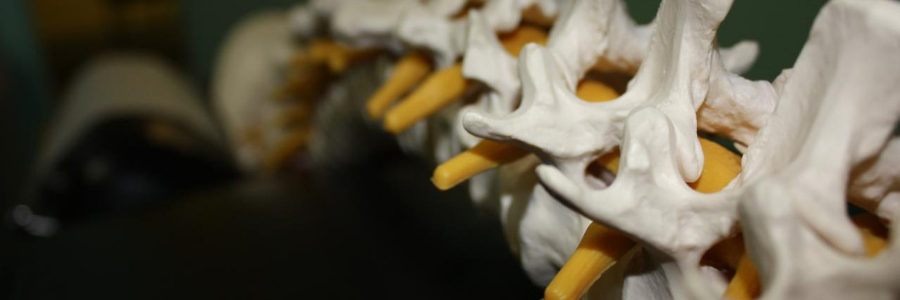
All about back pain
Back pain will affect most people at some stage in their lives. Back pain can also affect the low back, mid back or neck. Back pain can be short-term, lasting a matter of days or weeks or long-term.
About back pain
Back pain is very common, affecting about 80% of people at some stage in their lives. While back pain can affect people at any age, it is most common in people aged 35 years and older.
A back has many joining structures that include joints, ligaments, tendons and bones with the main support being the spine. The spine is made up of 24 different bones, which are referred to as the vertebrae, including the bones on the coccyx and sacrum. Your spine is able to bend due to the discs that are between the vertebrae, which act as shock absorbers. Your spinal cord threads down through the central canal of each vertebra and carries nerves to the rest of your body from your brain.
Your lower back area may experience stiffness, soreness and tension. This kind of pain is referred to as ‘non-specific’ back pain and will significantly improve after a few days, in most cases.
Depending on how long your symptoms last your back pain may be referred to as either ‘chronic’ or ‘acute’:
- Acute back pain lasts less than six weeks
- Sub-acute back lasts six weeks to 12 weeks
- Chronic back pain lasts longer than three months
Causes of back pain
The causes of back pain are difficult to determine, though it’s often related to a strain in one of the interconnecting structures in the back. While for many people the specific problem is difficult to identify, there are a various factors that can increase your risk in developing back pain or aggravating it. These factors include:
- Poor posture
- Experiencing a trip or fall (trauma)
- Anxiety and stress
- Excess weight
- Prolonged sitting, standing and bending
- Pulling, carrying, lifting and pushing heavy loads and objects in an unsuitable or unsafe way
Other causes of back pain include:
- Fracture in your back
- Slipped disc, which is when a disc bulges out putting pressure on your spinal nerve
- Osteoporosis, which is a medical condition referring to the bones becoming brittle and weak
- Osteoarthritis, which is when the joints between the vertebrae are affecting due to wear and tear
- Degenerative disc disease, which is when the discs in your spinal cord become worn down over time
- Spinal stenosis, which refers to the narrowing of the spinal canal through the spinal cord passes
- Different type of arthritis, these can be inflammatory conditions that causes inflammation in the lining of your joints and surrounding areas
- Spondylolisthesis, which refers to when one of your vertebrae slips forward and out of position
In very rare cases, back pain may also be the cause of cancer or an infection (<1% of of cases).
Red flags can help indicate serious causes of back pain
It is recommended that you see your health professional if you experience back pain and one of the below problems:
- Ongoing and constant pain at night
- Loss of bowel or bladder control
- The back experience redness or swelling/inflammation
- A high temperature and fever
- Pain below the knee in your legs
- Experience weakness and numbness around your buttocks and one or both of your legs
- Worsening and spreading pain in your spine
- Previous history of cancer
- Pain as the result of truama
- Back pain when you take medications such as corticosteriods
- Muscle weakness such as a foot drop
These symptoms are all referred to as red flags and are a sign that you should seek immediate medical help to ensure the cause of pain is not more serious.
Diagnosis of back pain
The diagnosis of back pain starts with a thorough history and physical examination. In most cases this is enough to diagnose any issues. At times, more investigations may be needed and these can include radiology such as x-rays, CT scans or MRI. Other tests may also be requested by your medical doctor if needed, such as blood tests.
Treatment of back pain
The treatment of back pain will largely depend on its cause. In the vast majority of cases simple treatments are typically successful. Your chiropractor can discuss these with you.
Self-help
At Sydney Spine & Sports Centre (S3C) we will give you exercises to both help your back pain and go towards preventing further episodes in the future.
Prevention of back pain
Considered back care can reduce the chance of getting low back pain. To take care of your back, try:
- Exercise regularly, great examples are walking and swimming
- Good posture with your shoulders back so you don’t slouch
- Bending properly from your knees and hips, not back. This is particularly important when you are lifting heavy objects
- Reducing your stress levels by trying relaxation techniques








